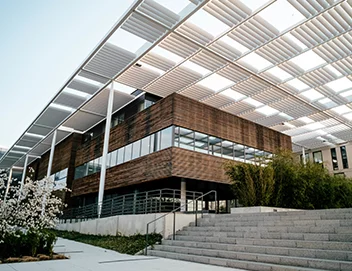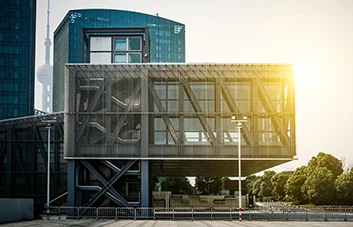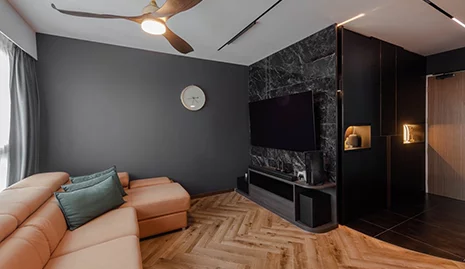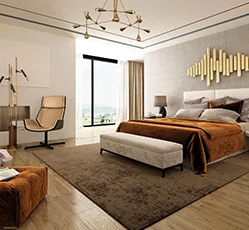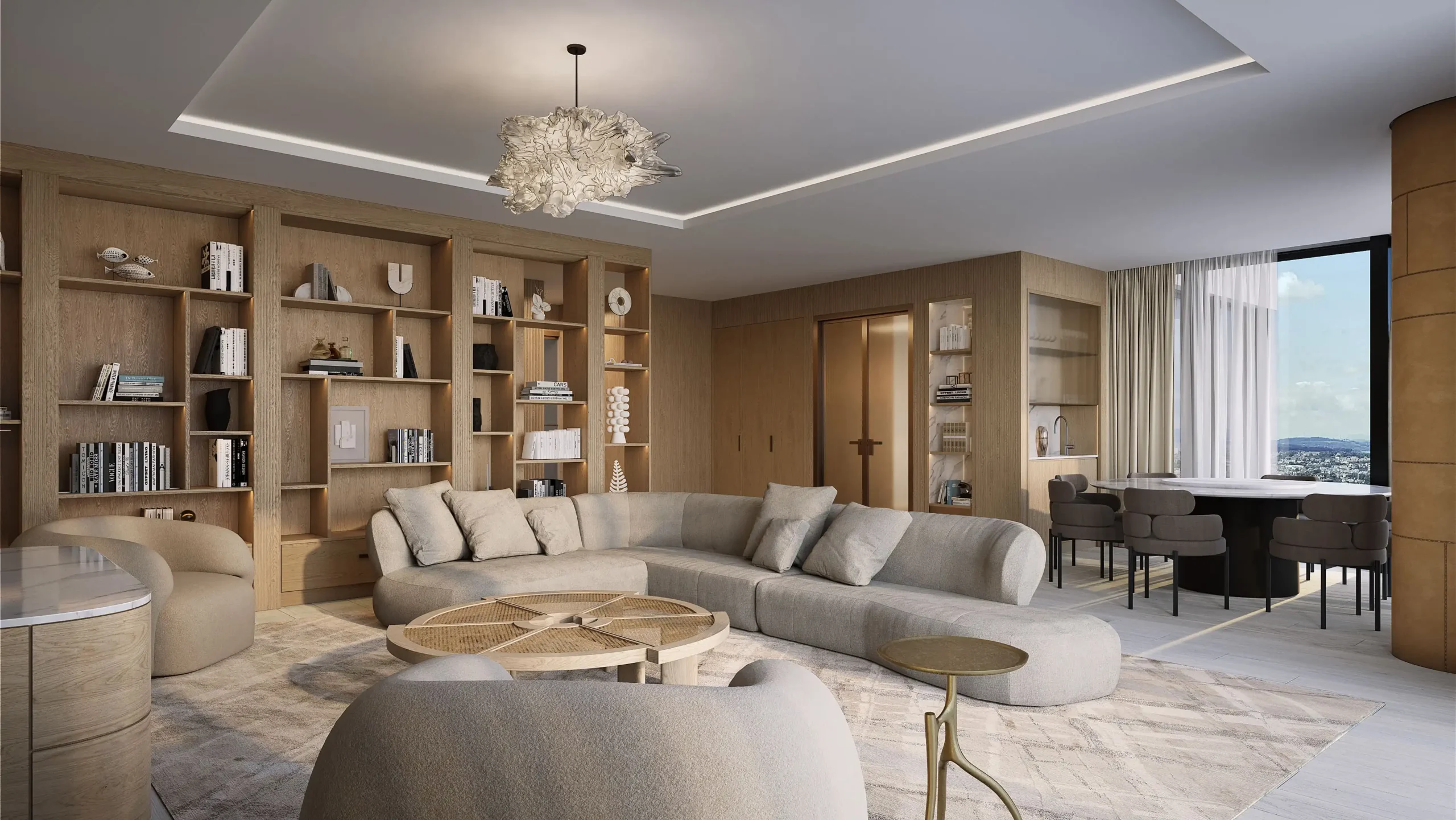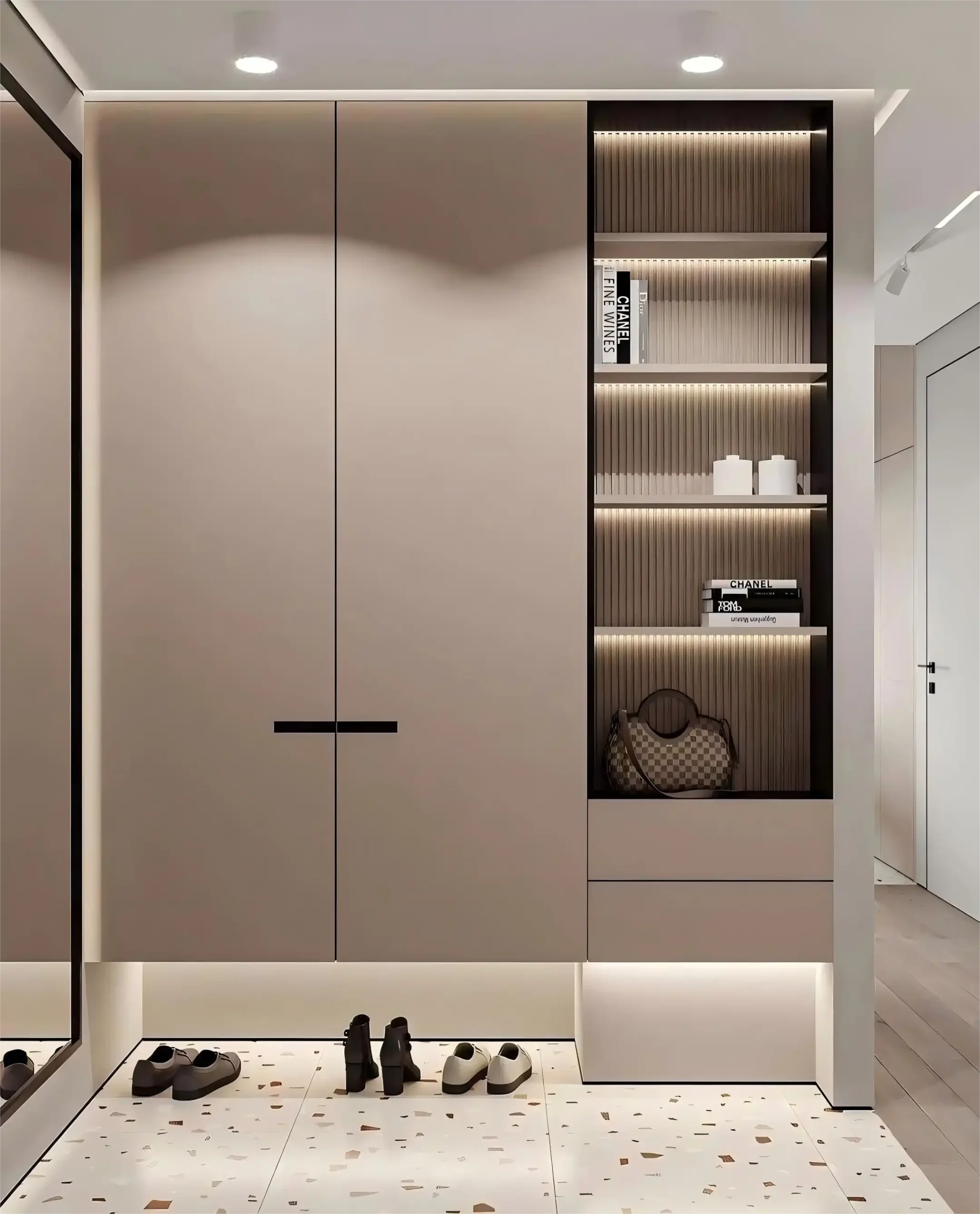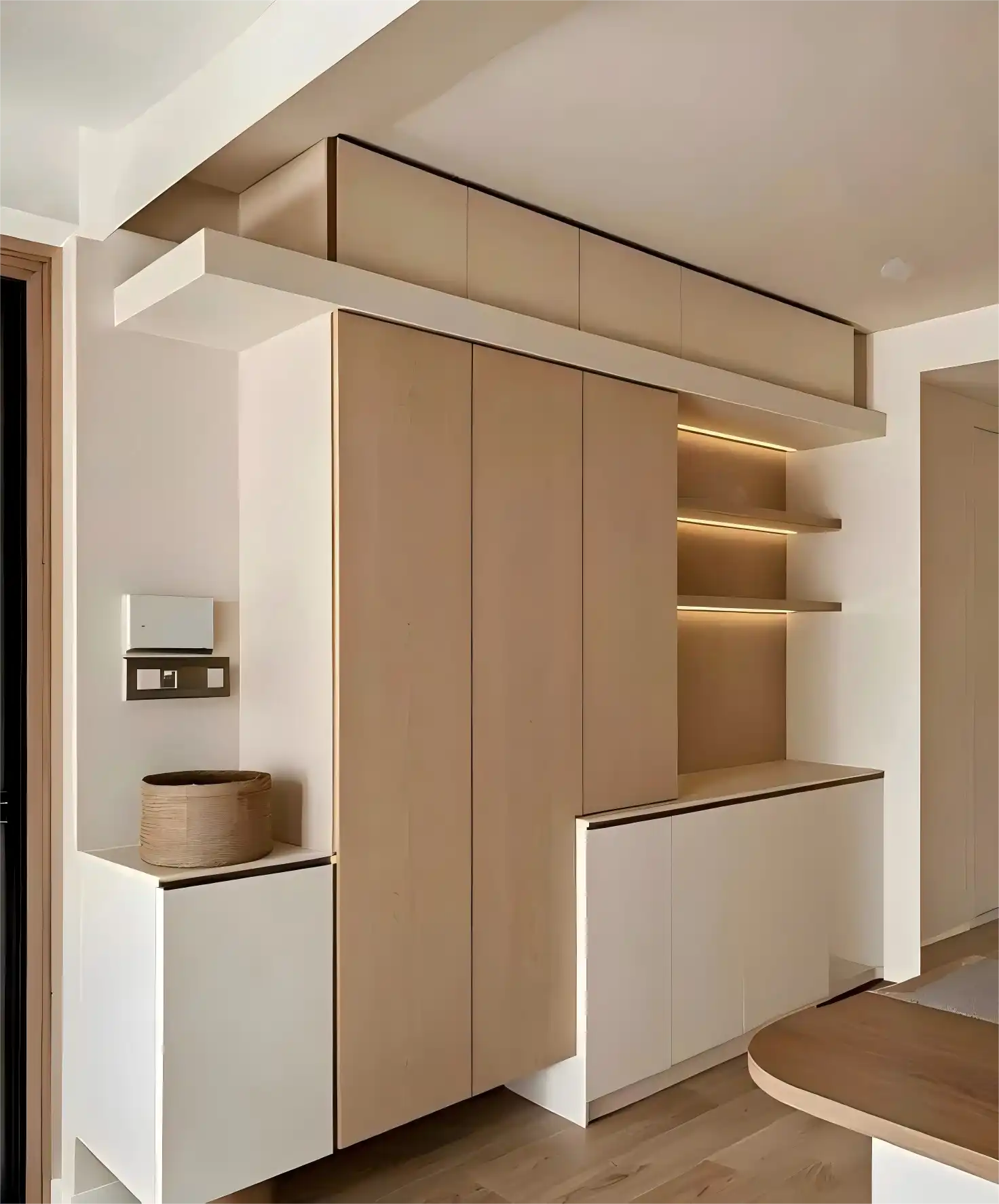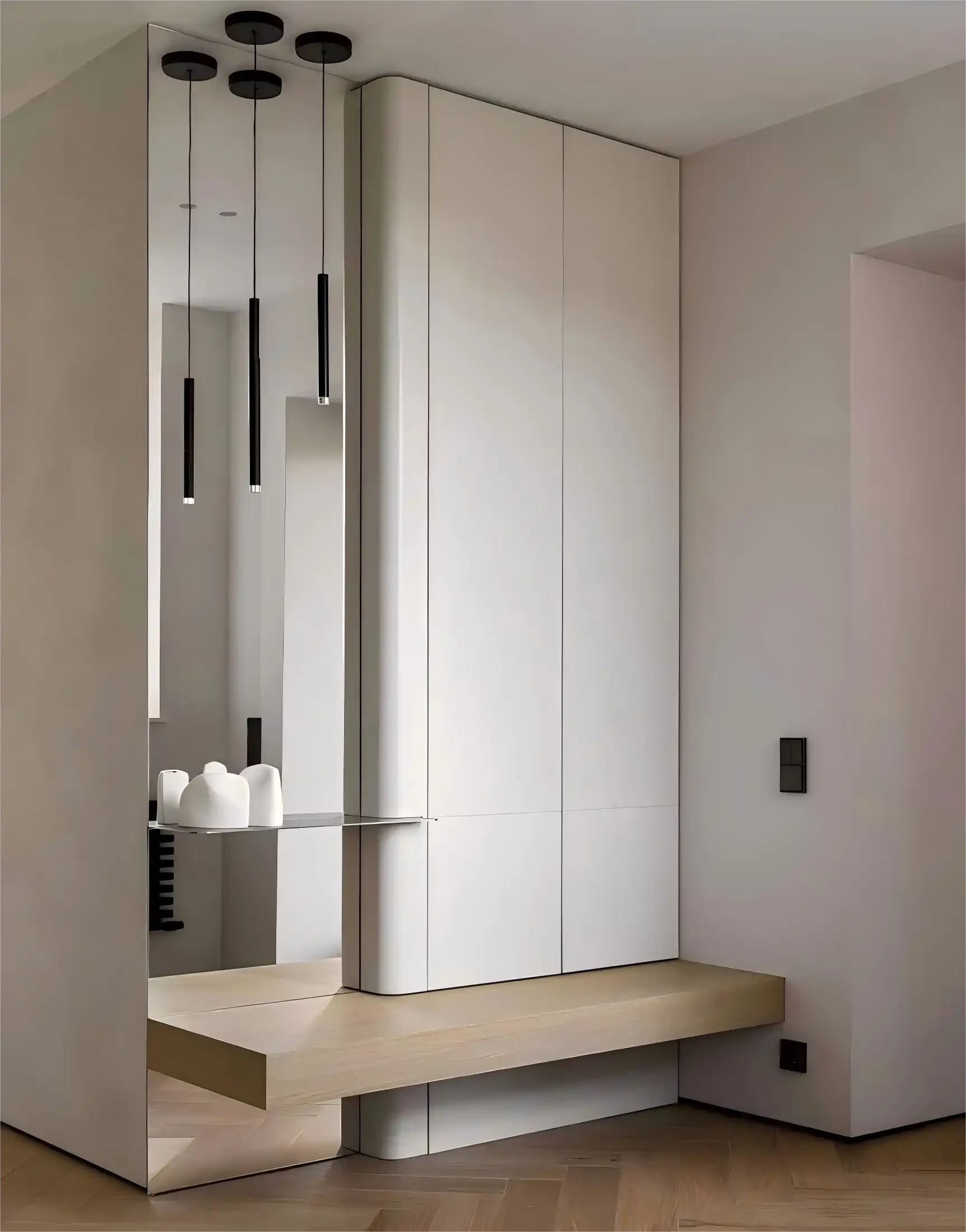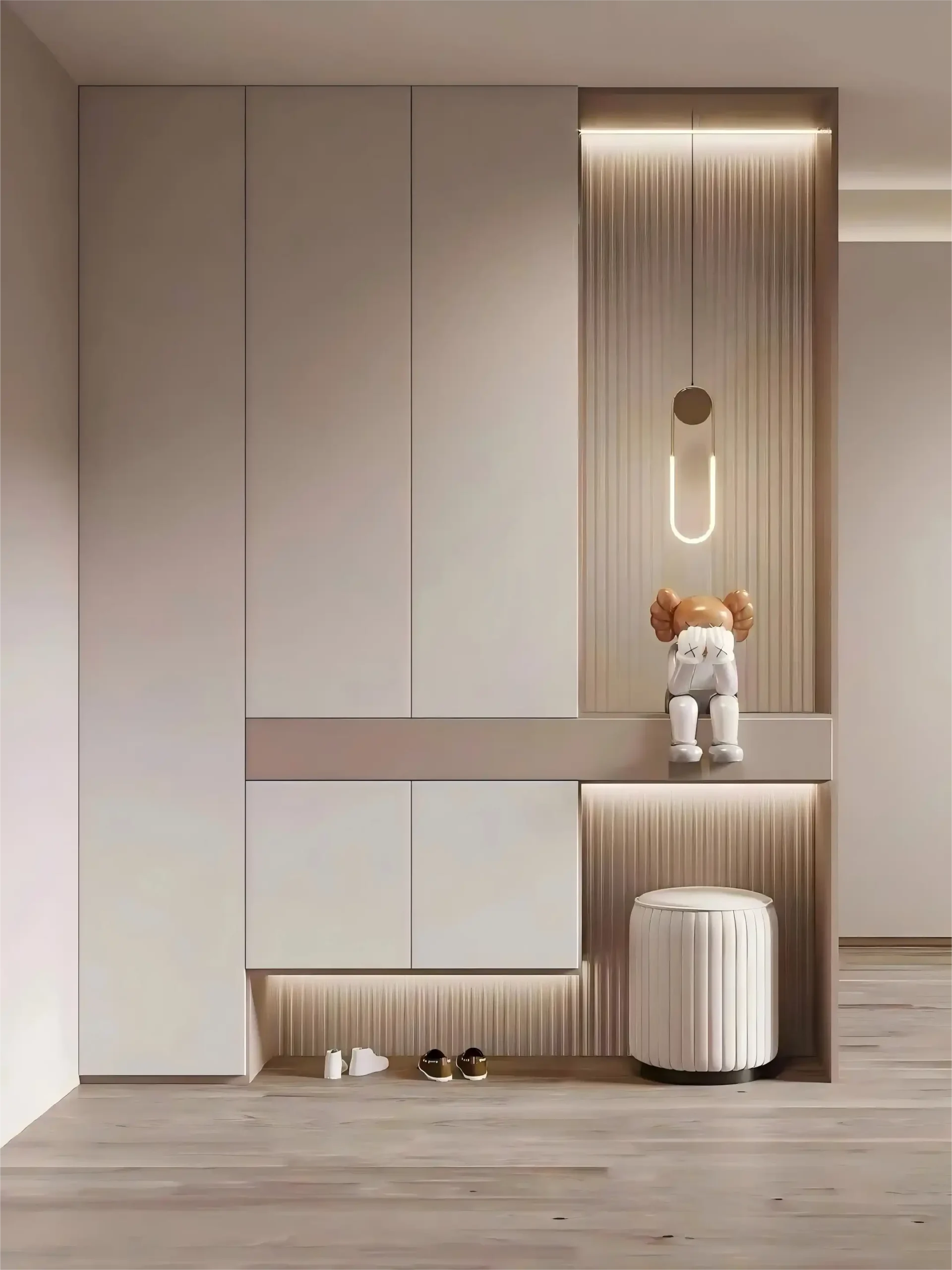Why Your Entryway Needs A Well Designed Cabinet
The moment someone steps into your home, the entryway sets the tone for their entire impression. An entryway cabinet isn’t just another piece of furniture – it’s the hardworking centerpiece that balances aesthetics and functionality in this high-traffic space. This multitasking furniture piece creates instant order in what could otherwise become a chaotic transition zone between the outside world and your personal sanctuary.
A thoughtfully chosen entryway cabinet transforms cluttered coats, scattered shoes and misplaced keys into an organized system that works for your lifestyle. It provides that crucial first impression of a home that’s put-together yet welcoming. Beyond practical storage, it offers a platform to showcase your personal style through decor and design choices that reflect who you are before guests even see the rest of your home.
Balancing Function And Organization In Entryway Design
The most effective entryway cabinets serve as organizational command centers that streamline your daily routines. Strategic compartmentalization ensures every item has its designated place, from frequently used essentials to seasonal accessories that need occasional access.
Look for cabinets with versatile storage solutions like adjustable shelves that accommodate different heights of items, deep drawers for smaller accessories and integrated hooks for hanging items that need to be grabbed on the go. Many modern designs incorporate hidden compartments for valuables or items you prefer to keep out of sight. For families, consider specialized features like built-in cubbies sized for children’s backpacks or lower shelves at kid height for independent organization.
Smart entryway cabinets often include seating elements that serve double duty – providing a place to sit while putting on shoes while offering storage underneath. This thoughtful combination prevents the common problem of scattered footwear near doorways and keeps dirt contained at the entry point rather than tracked through the house.
Elevating Entryway Style With Cabinet Design
Your entryway cabinet offers the perfect opportunity to make a design statement that reflects your home’s aesthetic. Whether your style leans toward minimalist elegance, rustic charm or contemporary sophistication, there’s a cabinet design that will enhance your space while expressing your taste.
Materials play a crucial role in defining the cabinet’s character. Solid wood options like walnut or oak bring warmth and natural grain patterns that develop character over time. For a more industrial look, metal frames paired with wood shelves create an appealing contrast of materials. Glass-front cabinets add lightness and can showcase decorative items while keeping them dust-free.
The silhouette of your cabinet matters too. Clean, horizontal lines work beautifully in modern spaces, while furniture with more detailed molding and hardware complements traditional interiors. Consider how the cabinet’s proportions relate to your entryway – a tall, narrow cabinet can make a small space feel larger by drawing the eye upward, while a low-profile design keeps the focus on other architectural features.
Exploring Entryway Cabinet Varieties For Every Space
Modular Entryway Systems
For ultimate flexibility, modular entryway cabinets allow you to create a customized storage solution that grows with your needs. These systems feature interchangeable components like shelves, drawers and hanging units that can be reconfigured as your lifestyle changes. Perfect for growing families or renters who want adaptable furniture, modular systems often include options for adding components later.
Floating Entryway Cabinets
Ideal for small spaces or minimalist aesthetics, floating cabinets mount directly to the wall, creating valuable floor space underneath. This design choice makes entryways feel more spacious and easier to clean. Many floating models include hidden hardware for a seamless look and can be paired with wall hooks or floating shelves for a coordinated storage solution that maintains visual lightness.
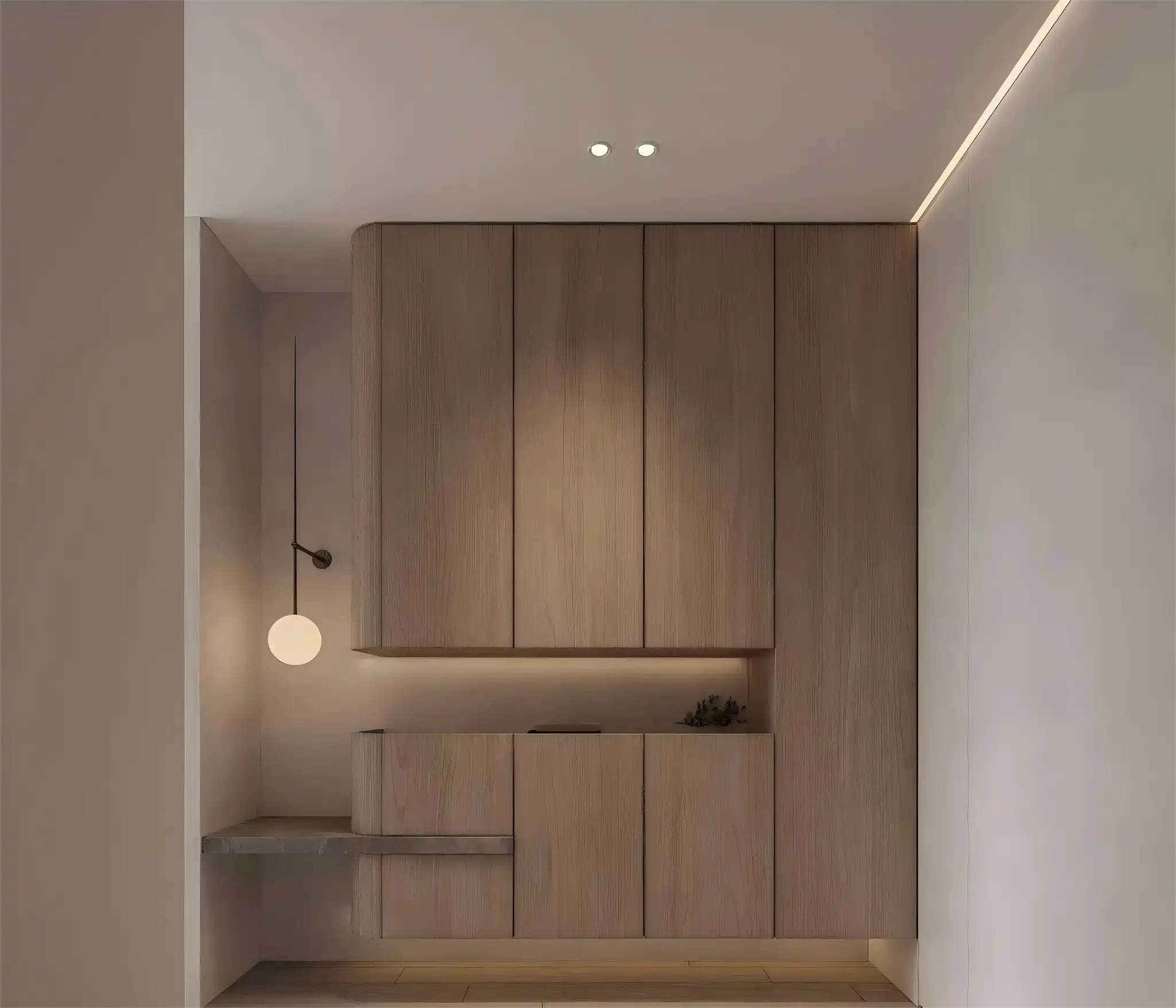
Corner Entryway Cabinets
Don’t overlook corner spaces when planning your entryway storage. Corner cabinets maximize unused space with triangular or curved designs that fit neatly into angle spaces. These clever solutions often feature rotating shelves or tiered storage to make the most of their unique shape while keeping items accessible. They work particularly well in apartments or homes with limited entryway square footage.
Mirrored Entryway Cabinets
Combining storage with functionality, mirrored cabinets serve dual purposes by providing a last-minute check spot before leaving home while offering concealed storage. The reflective surface visually expands the entryway, making it feel larger and brighter. Some designs feature full-length mirrored doors, while others incorporate smaller mirror panels into the cabinet front for a decorative touch.
Selecting The Perfect Entryway Cabinet For Your Home
Analyzing Your Space And Habits
Before beginning your search, take time to evaluate your entryway dimensions and traffic patterns. Measure the available width, height and depth, noting any architectural features like radiators or door swings that might impact cabinet placement. Consider traffic flow – will the cabinet impede movement when doors open or people pass through?
Equally important is assessing your storage needs based on household habits. Track which items accumulate in your entryway over a week – this inventory will reveal whether you need more hanging space, shoe storage or small item organization. Consider who uses the space – families with children will have different requirements than single professionals or empty nesters.
Matching Style To Your Home’s Architecture
Your entryway cabinet should feel like a natural extension of your home’s existing design language. In a craftsman-style home, look for cabinets with mission-style details, exposed joinery and warm wood tones that complement built-in features. Modern homes benefit from clean-lined cabinets with minimal hardware and monochromatic finishes that enhance contemporary aesthetics.
Traditional homes can support more ornate cabinet designs with decorative moldings, paneled doors and classic hardware finishes like brass or oil-rubbed bronze. For industrial spaces, metal and reclaimed wood combinations create an authentic look that complements exposed brick or ductwork. The goal is cohesion – the cabinet should feel intentional rather than an afterthought.
Evaluating Materials For Durability And Beauty
Entryway cabinets endure daily use, so material selection directly impacts longevity and maintenance requirements. Solid hardwoods like maple or ash offer exceptional durability and develop a rich patina over time but come with a higher price tag. Engineered wood products with quality veneers provide a more budget-friendly alternative with excellent stability and resistance to warping.
Metal cabinets, often steel or aluminum, offer industrial appeal and exceptional durability, making them ideal for high-traffic households. They’re particularly resistant to scratches and dents but can show fingerprints. For a balance of durability and style, consider mixed materials – wood frames with metal accents or glass doors can offer the best of multiple worlds.
Pay attention to hardware quality as well. Heavy-duty hinges and drawer slides will withstand frequent use, while quality finishes on handles and knobs resist tarnishing and wear. Soft-close mechanisms prevent slamming doors and drawers, extending their lifespan while reducing noise in this transitional space.
Styling Your Entryway Cabinet For Maximum Impact
Selecting Colors And Finishes
The color of your entryway cabinet sets the mood for your entire home. Neutral tones like soft grays, warm taupes or classic whites offer versatility and create a calm, welcoming atmosphere that works with changing decor trends. These shades also make small entryways feel more spacious and reflect light, brightening the area.
For those who want to make a bolder statement, consider navy blue, forest green or even black cabinets that add drama and sophistication. These deeper tones create a striking backdrop for decorative items and can help hide everyday dust and fingerprints. When choosing a bold color, ensure it coordinates with adjacent rooms for a cohesive flow throughout your home.
Finish selection impacts both appearance and maintenance. Matte finishes hide fingerprints and scratches well, making them ideal for busy households. High-gloss finishes reflect light and create a contemporary look but require more frequent cleaning. Wood stains highlight natural grain patterns, while painted finishes offer unlimited color options and can be refreshed if desired.
Adding Personal Touches With Accessories
The top of your entryway cabinet serves as a stage for personal expression through carefully curated accessories. Start with a foundation piece like a large mirror, piece of artwork or statement lamp that anchors the space. Layer in functional yet decorative items like a decorative tray to corral keys and mail or a small dish for loose change.
Incorporate natural elements through plants or fresh flowers that bring life and color to the entryway. Low-maintenance options like succulents or air plants work well in this often low-light area. Personal mementos like framed family photos, travel souvenirs or heirloom objects add personality and create conversation starters with guests.
The key to successful styling is editing – resist the urge to fill every inch of space. Group items in odd numbers (3s or 5s) for visual appeal, varying heights and textures for interest. Leave some negative space to prevent the arrangement from feeling cluttered, and rotate seasonal items to keep the look fresh throughout the year.
Enhancing Ambiance With Lighting
Proper lighting transforms an ordinary entryway cabinet into a focal point while improving functionality. Overhead fixtures like small pendant lights or flush-mount ceiling lights provide general illumination, but task lighting directed at the cabinet itself highlights its design and makes accessing contents easier.
Consider installing LED strip lighting underneath wall-mounted cabinets to create ambient glow that illuminates the floor below – perfect for nighttime navigation. Battery-operated puck lights inside cabinet interiors improve visibility of contents, especially in deep or shadowed shelves. For a decorative touch, small table lamps on cabinet surfaces add warmth and create pools of light that make the entryway feel inviting.
Dimmer switches allow you to adjust lighting intensity based on the time of day or occasion, creating everything from bright morning functionality to soft evening ambiance. Motion-sensor lighting provides convenience when entering with arms full, automatically illuminating the space as you arrive home.
Maintaining Your Entryway Cabinet For Longevity
Establishing Daily And Weekly Routines
Preventing clutter from accumulating in your entryway cabinet starts with simple daily habits. Make it a rule to return items to their designated spots immediately rather than setting them temporarily on surfaces. Designate a specific “drop zone” for incoming mail or items that need attention, processing these daily to prevent buildup.
Weekly maintenance takes just a few minutes but prevents deeper cleaning later. Wipe down cabinet surfaces with a microfiber cloth to remove dust and fingerprints. Check that doors and drawers close properly, and tighten any loose hardware promptly. Take a moment to reorganize contents, returning any items that wandered from other areas of the house.
Monthly deep cleaning involves removing all contents, wiping down interior surfaces and vacuuming crumbs or debris from corners. This is also an excellent opportunity to edit contents, removing items that no longer belong in the entryway storage system.
Addressing Common Maintenance Issues
Even well-made cabinets require occasional adjustments. Sticky drawers often just need a light application of beeswax or drawer lubricant on the slides. Loose hinges can usually be tightened with a screwdriver, preventing further damage to cabinet doors or frames.
Wood cabinets may develop water rings from spills – these can often be removed with a mixture of baking soda and water applied gently with a soft cloth. For deeper scratches, touch-up markers in matching wood tones can disguise minor damage. Metal cabinets might need occasional polishing to maintain their finish, especially if fingerprints show readily.
Seasonal changes can affect wood cabinets, causing doors to stick or gaps to appear between components. These issues typically resolve as humidity levels stabilize, but adjusting hinges slightly can provide temporary relief until conditions normalize.
Protecting Your Cabinet Investment
Preventative care extends the life of your entryway cabinet significantly. Use felt pads under decorative items to prevent scratches on surfaces. Line drawers with washable liners to protect against spills and make cleaning easier. Consider using shelf dividers or drawer organizers to prevent items from shifting and causing interior damage.
Direct sunlight can fade wood finishes over time – use window treatments or UV-protective film on nearby windows if your cabinet receives prolonged sun exposure. In humid climates, consider a small dehumidifier in the entryway during summer months to prevent wood swelling or metal hardware tarnishing.
For families with young children, corner guards can prevent damage from toys or strollers, while pet owners might want to place scratch guards on lower cabinet surfaces if animals frequent the entryway. With proper protection, your cabinet will maintain its beauty and functionality for decades.
Budgeting For Your Entryway Cabinet Project
Entryway cabinet costs vary widely based on size, materials and customization level. Ready-to-assemble models from big-box retailers typically range from $150-$500, offering basic functionality with limited style options. Mid-range ready-made cabinets from furniture stores generally cost $500-$1,500 and provide better materials and more design choices.
Custom or semi-custom cabinets offer the greatest flexibility but come with higher price tags, usually starting around $1,500-$3,000 for standard designs and ranging upward of $5,000 for large, highly customized pieces with premium materials. These prices typically include professional measurement and installation, ensuring a perfect fit for your space.
When setting your budget, remember to allocate funds for any additional elements like coordinating wall hooks, lighting or accessories that complete the entryway system. Installation costs for ready-made cabinets average $100-$300 if professional help is needed, while custom installations are usually included in the overall price quote.
Creating A Custom Entryway Solution
For homeowners seeking a truly personalized entryway, custom cabinetry offers unlimited possibilities tailored to your exact space and needs. Working with a design professional allows you to incorporate specialized features like built-in pet feeding stations, charging stations for electronics or dedicated storage for specific items like golf clubs or yoga mats.
Custom designs can solve unique architectural challenges, working around windows, radiators or unusual room configurations that make standard cabinets impractical. They also ensure perfect alignment with your home’s existing trim and architectural details for a seamless look that appears original to the home.
Many custom cabinet makers offer 3D renderings of proposed designs, allowing you to visualize the final result before committing. This collaborative process ensures the finished cabinet not only meets your functional needs but perfectly expresses your design aesthetic while maximizing every inch of available space.
Investing in a well-designed entryway cabinet transforms one of your home’s most frequently used spaces from chaotic to composed. By balancing functionality with style and selecting materials that suit your lifestyle, you’ll create a welcoming first impression that works as hard as your daily routine demands. Whether you choose a ready-made solution or invest in custom design, the right cabinet becomes a hardworking focal point that enhances your home’s beauty and functionality for years to come.
What’s your biggest living room storage dilemma? Share your thoughts or questions in the comments below—we’d love to help you optimize your living room cabinet storage!👉Contact US!

